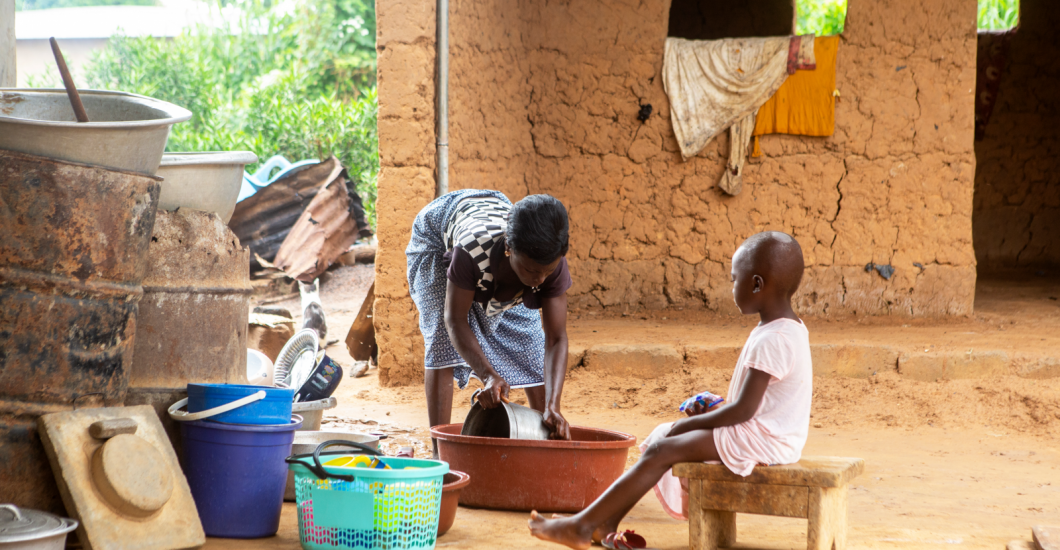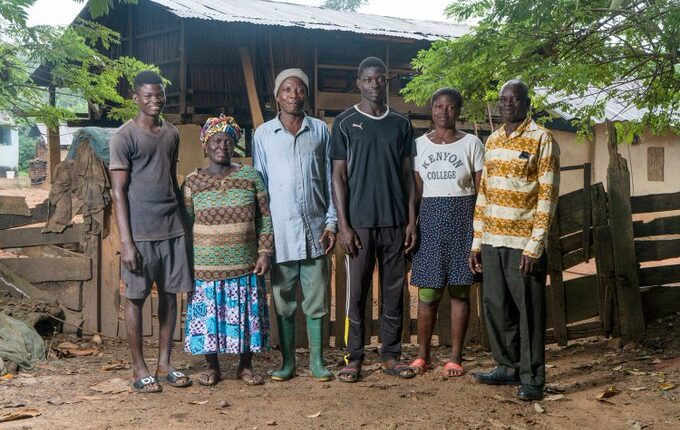In 2010, the chocolate industry set a 10-year goal of reducing the worst forms of child labor in cocoa farming by 70%.
As the upcoming U.S. Department of Labor report on child labor in West Africa will make clear, this target will not be met. Many of you will be left with an important question: Why?
In my 16 years as a researcher, I have spent many days and nights in cocoa-growing areas, mostly in West Africa, speaking to and learning from hundreds of farmers.
Based on these learnings, one of the ways I make sense of the fact that child labor persists is that, in rural areas, the grind of daily life is almost unfathomably difficult.
There is nothing easy about making sure everyone has enough nutritious food, clean water, good health, and time for learning and leisure.
It is right and just to ask why harmful child labor in cocoa persists, even with extensive efforts to address it. But I believe it is unjust to ask that question without recognizing the unrelenting labor that everyone in cocoa-growing villages takes on, every day without respite.
Let me paint a picture of life in a rural village in Ghana’s Ashanti region to illustrate. This village, which for privacy reasons will be kept anonymous, is typical of many where the economy revolves around cocoa.
Every working adult in this village has multiple jobs. Where I stayed, the husband and wife both grew cocoa. The husband was also a purchasing clerk, buying other people’s beans on behalf of a licensed buying company.
The wife made soap out of cocoa husk potash, sold Western medicines, and traded tools, such as pestles for pounding boiled root crops to make the starchy staple meal of fufu.
Next to the village borehole, a small shed sold sundry items—tiny, hand-wrapped packets of sugar, washing powder, bouillon cubes, tins of condensed milk.
Everything else, the village women made or traded among themselves: palm oil, second-hand clothes, tomatoes, plantains, cassava, yams.
All adults were expected to participate in the communal labor program, doing community works such as filling potholes, smoothing roads, or felling trees.
Every Tuesday, when farm labor was forbidden, the chief selected about a dozen people to work. Illness was the only reason for absence; otherwise there was a fine.
As you can imagine, everyday labor was relentless and repetitive. I’ll add another layer, which is that when it comes to domestic chores, the gender divide in West Africa is strict.
Women and men both do farm labor but, with very few exceptions, women only are responsible for domestic work.
The impacts of this oppressive gendered division of labor on children are compounded when there aren’t enough adult women to share the workload.
For the many single women running households in West Africa, the dual responsibility of domestic work and income generation can be overwhelming.
In other households, the adults are too old, or physically unable, to do the necessary labor. And every family has times when adults are away, or ill, or needed desperately for other tasks. Is it any wonder, then, that children are often asked to help?

Children do work that adults simply do not have time for, because they are doing things children cannot do.
Children walk to and from water sources, collecting what the family needs for cooking and cleaning.
They are frequently couriers, bringing water and food to working adults, carrying messages, and fetching ingredients.
Above all, they care for younger children. Children carry, play with, teach, supervise, and reprimand any and every younger child, and that is the normal course of life.
The line between these domestic chores and income-generating work is often blurred. One child may bring water to his dad working on the cocoa farm, while another carries a bucket of pesticide.
The youngster who uses a machete to harvest food for the family meal may also use it to break open cocoa pods, or to do the unending work of farm weeding.
The girl who pounds boiled cassava with a heavy wooden pestle for fufu may carry tools to the farm and rake drying beans. All these tasks have the potential for harm, which is increased when adults cannot supervise.
Children continue to do dangerous labor because cocoa farmers earn too little for their efforts, because demands on women are unrealistic, because some grown men do not fulfill their responsibility to sons and daughters, because formal education is not always an option, because some people are unscrupulous, and for a thousand and one other reasons. Surrounding all these circumstances is the unceasing labor of rural life.
When we step back and take this wider lens, I believe we set ourselves on a more informed path to eradicating one of the egregious harms of farming for cocoa, the main ingredient in chocolate.
- Eyeglasses For Cocoa Farmers - November 3, 2021
- To Understand Child Labor, We Need To Understand Everyone’s Labor - September 25, 2020
